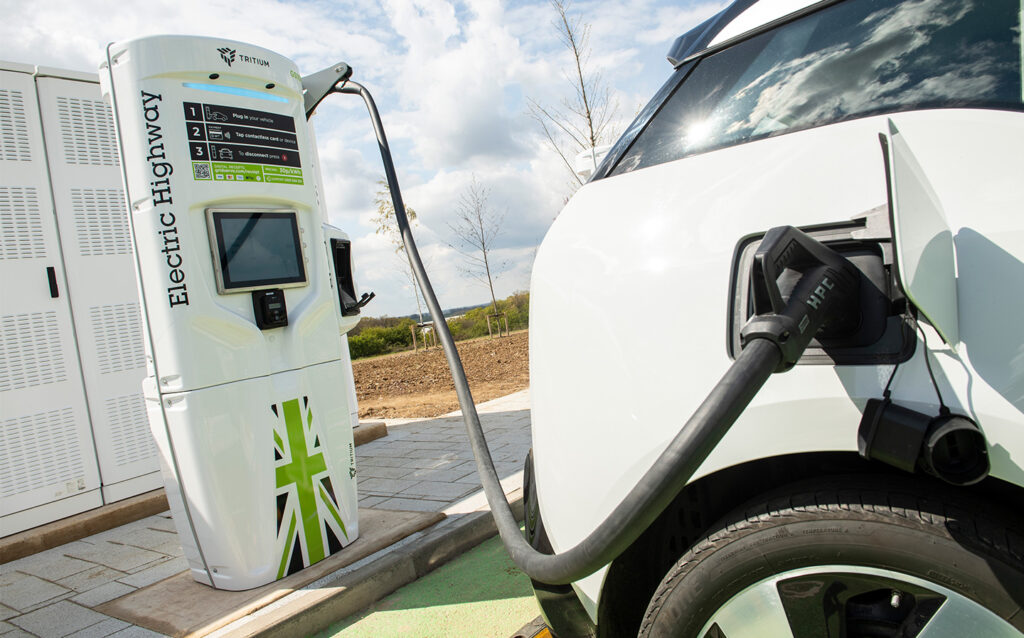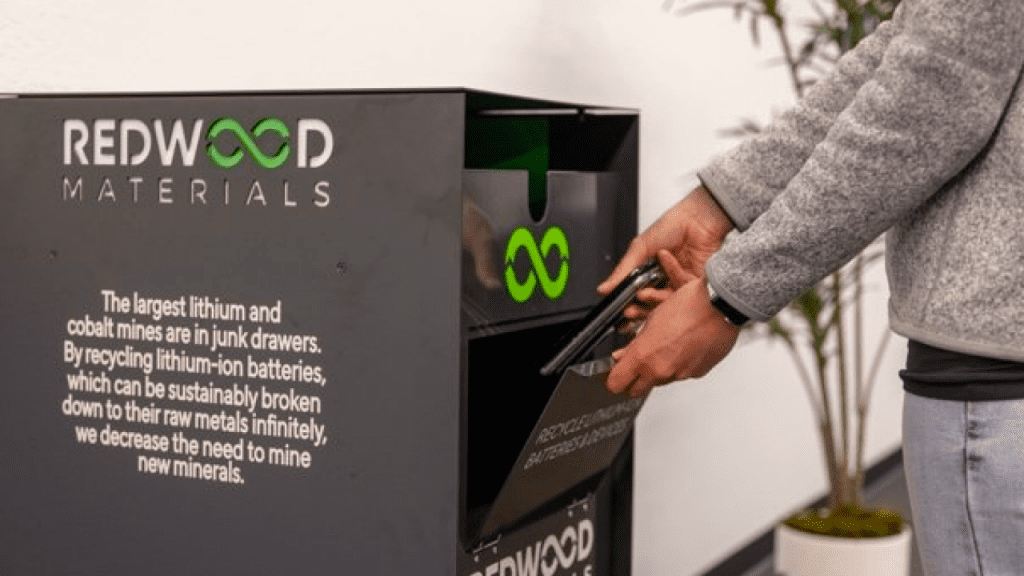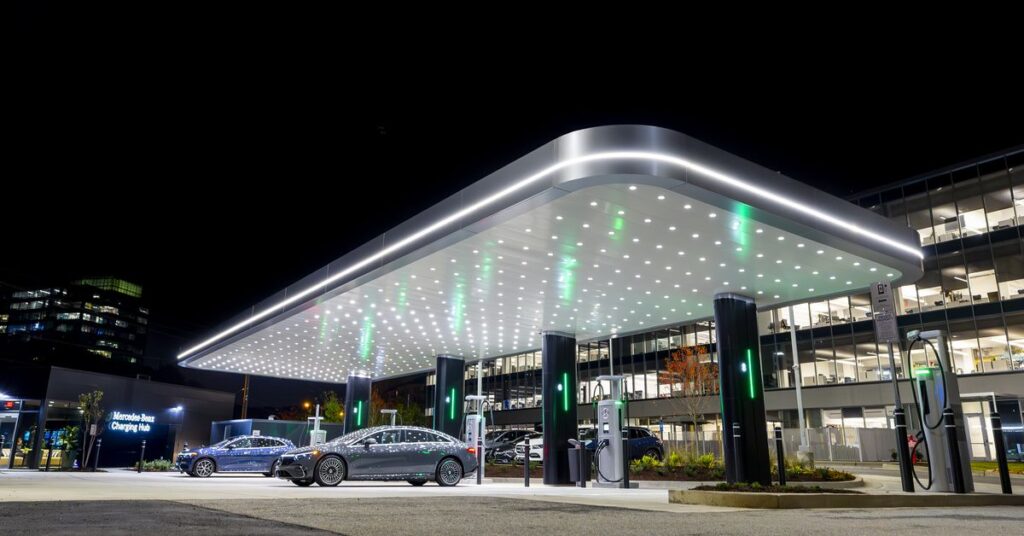EV sales are growing faster than expected around the world, but there is still a very clear problem: there aren’t enough charging stations to meet the demand. A problem with rolling out the EV network has been the size of the grid and the money and time needed to improve local power grids so that charging points can get power. The U.K. may have now come up with an interesting answer.
BT, Etc, its startup and digital development arm, has started turning telecom cabinets in the U.K. into charging stations for electric vehicles. Local lingo calls these boxes “street cabinets,” typically storing phone and broadband lines. But here’s the kicker: most of them have untapped power just waiting to be used. Etc is taking that extra power and using it to power EV cars instead of making a new power hookup.


Etc found that 60,000 of BT’s 90,000 U.K. street cabinets might be modified for electric vehicles. This is significant since the U.K. wants 300,000 charge points by 2030. This month, a quiet Haddington street in Scotland got its first charging station.
Broadband and electric vehicle (EV) use can coexist for now. As the country ramps up fiber optics, replacing broadband internet, more and more of these street cabinets will be decommissioned. This frees up all the power currently sitting unused inside them, making it prime for powering EV charging stations! Tom Guy, CEO of Etc and a product designer says, “We are recycling the cabinets and then making them bigger for the next digital use.” “When these things came in, our customers had to use them in that way. Now the question is, ‘What’s the next use?'”
Read More: Are Apple and Blackmagic Changing Film Forever?
WHAT YOU DO WHILE YOU SLEEP
People will plug their cars into a brand-new EV charging station, but the power for that station comes from a street cabinet nearby, through underground cables that can go up to 260 feet between the two places. You can’t see any of this with the naked eye. Drives just use an app to find the closest charging station, pull up, and charge. Then they can go about their day.
It is important to know, though, that charging an EV is not the same as filling up a diesel or gasoline car. Depending on the size of the battery and the way used for charging, it can take anywhere from 30 minutes to several hours to fully charge an EV. This huge range of charging times is already changing how charging stations look and feel.
The location of these chargers is also important. BT polled 4,000 people in the U.K. and the U.S. and found that almost 80% of gas and diesel drivers said that not being able to easily charge an EV was a big reason they didn’t want to buy one. About one-third of people in the U.K. don’t have driveways, which means they can’t get power from their own homes and have to use public facilities. People can use this repurposed EV charging point because it is near their homes, which is a plus. “People who already own EVs say it’s more like charging your iPhone,” says Guy. “‘I want to do it close to home while I sleep. I don’t want to have to think about going somewhere.’”
Read More: X Likes Aren’t My Business: Elon Musk
FROM ONE CHARGE POINT TO 60,000
For now, Etc is focusing on streets that don’t have their drives. However, the growth plan is much more complex than that. The team is now looking at West Yorkshire as a possible next location to upgrade three more cabinets. Based on the first 60,000 drawers they found, they will have about 59,996 more to choose from after that. A computer twin of the whole U.K. is being built to help them make that choice.
As the name suggests, this twin is a very detailed computer model that will help the team figure out how many street cabinets can be added to an area. It will also help them figure out things like how close the charge point is to a school, which could mean limited parking, and whether the sidewalk is wide enough for a wheelchair user to pull up and get to the point. Guy says, “That data platform will become the source of all the information we know, which will let us set priorities in any way we want by location, by council, or by cabinet type.”
Guy believes the digital twin is crucial and easy to imitate, but it is unclear if this test could work beyond the U.K. He suggests other nations create a tool like this to assess their assets and develop their EV charging networks. “We know North America well, but we don’t know what those cabinets do or how much electricity they take. You ask about other uses for stolen power. That’s not the focus. The real value here is the data platform we can build if we have readily available street power. This platform can be updated and reused.
FAQs
Unlike regular chargers, smart chargers can communicate with the grid, optimizing energy use and potentially lowering charging costs.
Britain aims to encourage widespread EV adoption to reduce emissions and meet environmental goals. A robust charging network is crucial for this transition.
Easier access to charging points will reduce “range anxiety” (fear of running out of power) and make it a more realistic option for many drivers.




